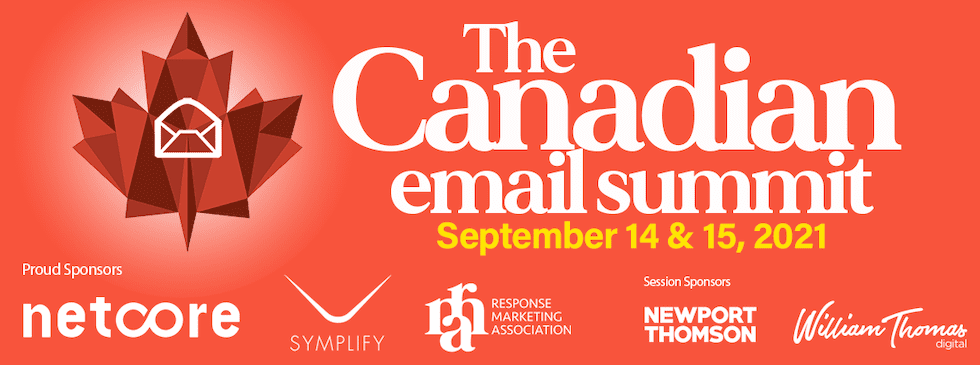While some think that Google giving marketers two more years to prepare for the depreciation of third-party cookies will lead to complacency, I hope brands maintain the momentum of recent months. Without a doubt, this change across the entire online advertising industry is causing a major shift in digital advertising targeting and identity management. Every marketer would be wise to use this extra time to collect alternative IDs and more zero- and first-party data assets so they can continue to create effective ad campaigns.
Email marketing will have a role to play in addressing both of those needs.
Let’s look at five ways that email marketing’s role will grow as priorities shift to cope with the sunsetting of third-party cookies:
Using Email Addresses as Identifiers
Along with phone numbers, email addresses are one of the identity data signals that brands will rely on more going forward. Currently, Facebook, Twitter, Snap and all of the other walled gardens use a hashed email address as a way to target known customers on their platforms. Proposals for consented ID networks like Unified ID 2.0 are also built off a form of an email address.
It’s these non-cookie–based identifiers that allow adtech providers to onboard an advertiser’s first-party data and to help them maximize the reach of their advertising campaigns.
Attend our Canadian Email Summit 2021 – Learn More
Pushing to Increase Subscriber Acquisition
Given the importance of email addresses as an identifier, expect to see more brands intensifying their subscriber acquisition efforts. Companies will not only be looking to add new subscriber acquisition sources, they’ll also be analyzing their existing sources and trying to optimize their signup forms to boost completion rates, as well as trying to turn email addresses on file into promotional email opt-ins.
When testing and optimizing your subscriber acquisition sources, some fruitful tests to consider include:
- Strengthening the signup appeal messaging, making it clear what the person will gain by subscribing
- Providing greater incentives for signing up
- Simplifying forms by eliminating non-critical fields, even optional ones
- Adding auto-completion, auto-fill and auto-capitalization to all your signup forms, and providing a matching keyboard for your forms on mobile devices
- Experimenting with different CTA wording
- Building more catered signup modals based factors like geolocation, observed preferences, and visitor affinity modeling.
“We are seeing…




